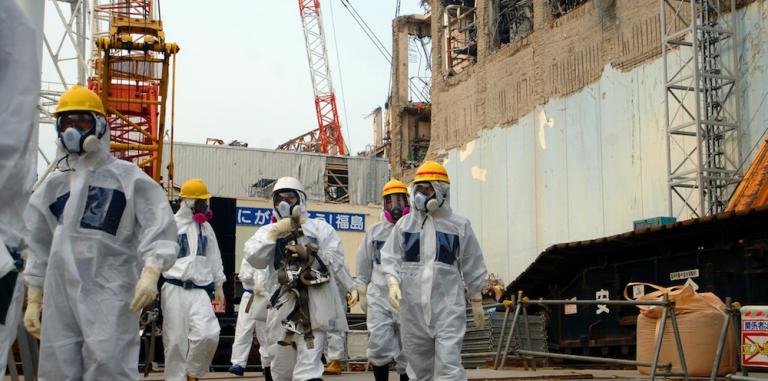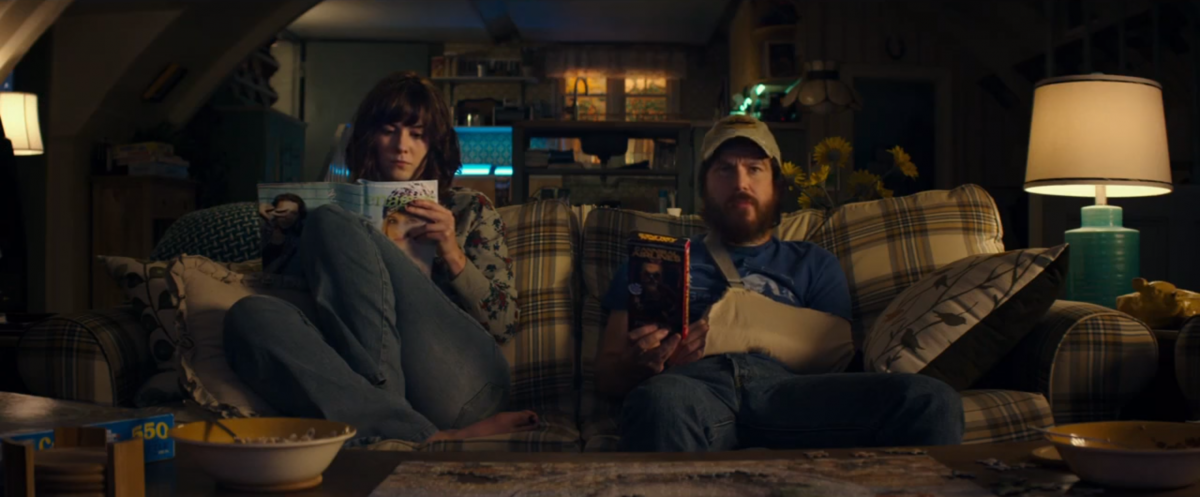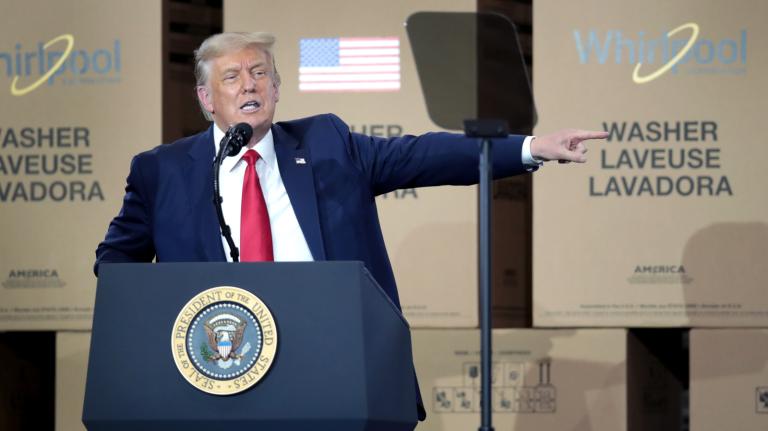There are a lot of things out there to be afraid of. Some of these deserve your terror more than others: For example, I am only occasionally nervous when I’m in a car, which is statistically one of the most dangerous places I hang out, but I can get truly spooked if left alone in a creaky suburban house at night.
The real, quantifiable risks of the two situations could not be farther apart — but try telling that to my autonomic nervous system, which will pump out the same dizzy cocktail of adrenaline whether my life is in danger or not.
I found myself in the same amped state in the IMAX theatre where I saw 10 Cloverfield Lane, an installment in the Cloverfield franchise from producer J. J. Abrams and new director Dan Trachtenberg. I shivered, I sweated, I flinched, I covered my face, all because of some convincing fiction and a liberal application of surround-sound. None of it was real, but it hit all the preprogrammed adrenal switches in my caveman brain with the precision of a sadistic xylophone player.
The movie opens with a young woman named Michelle (Mary Elizabeth Winstead), who is fleeing unspecified emotional difficulty with her fiancé and ends up, thanks to a really (in)conveniently timed car crash, stuck in a bunker with two men whose motives she can’t figure out. The bunker’s owner, Howard (a menacing John Goodman), assures his captives/guests that everyone outside the reinforced doors is dead in some kind of chemical attack.
The whole thing is claustrophobic and unsettling — but the plot is not exactly unpredictable. You can see the horrifying revelations coming, but they’re magnified and retracted with a queasy, Hall-of-Mirrors level of uncertainty. Is the threat real or imagined, warped in the heat-shimmer of paranoia? Is the evil within or without? Behind you or in front of you — or inescapably all around?
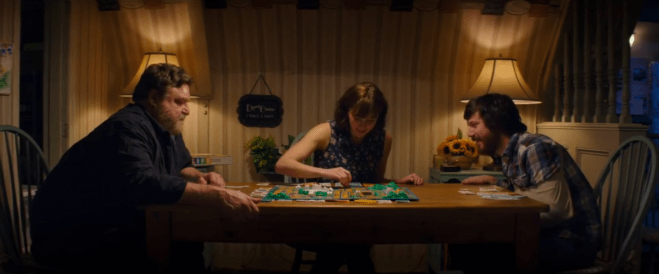
Paramount Pictures
By the time things start exploding, even if you’ve seen it all coming you might still be caught off balance. (Though you will likely figure out the final twist a few beats before the otherwise-shrewd and self-possessed Michelle does, you’re also working with extra context clues — and this is a J. J. Abrams movie, after all.)
As the credits rolled and I tried to reckon with the white noise ringing in my ears — two hours of clanging around an echo-y bunker to the ominous chords of composer Bear McCreary will do that to you — I found myself thinking about the difference in scale of the movie’s two major sources of danger.
At one end of the spectrum is the three-room bunker: a sanitized safehouse chock full of intimate horror and familiar touches: overstuffed couch, rag carpet, a wall plaque that announces in quaint, flowery script, “Dinner Options 1. Take it 2. Leave it.”
Meanwhile, the terrors beyond the bunker — minor spoilers ahead — are sinister for exactly the opposite reason: They are gargantuan, strange, suffused with toxic menace. But by the time we encounter the bigger threat, its cartoonish size dilutes its effect compared to what came before. Arguably the scariest scene of this movie takes place just before the big reveal, along a cramped cement corridor lined with boxes of Toaster Pastry and cans of Campbell’s. As the careful order of pantry staples is overturned, it feels like the whole world is combusting from the inside out.
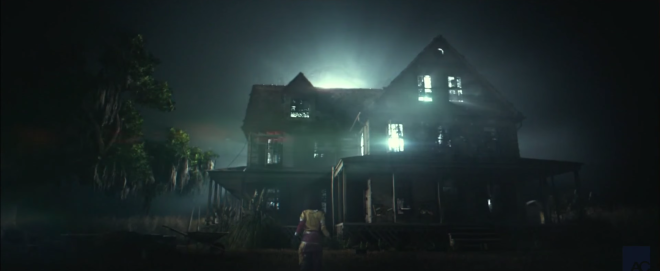
Paramount Pictures
The end-of-days bunker, a holdover from Cold War fallout shelters, is seeing a cultural resurgence these days. The National Geographic show “Doomsday Preppers” will introduce you to some modern survivalists and their personal apocalypse shelters. Serious preppers congregate online to swap strategies, and make pilgrimages to “survival conventions”. The movement features the kinds of government-skeptical and religious conservatives who insist their safety is directly proportional to the number of guns they own. Forget well-maintained roads, robust food systems, protected air and water, legal justice — the real key to survival, the thinking goes, is a three-year supply of Chicken o’ the Sea stored 30 feet underground.
The threat in question could be anything from a nuclear attack to an EMP pulse to a deadly epidemic to chemical weapons to ISIS to aliens — the point is to be ready for anything. The laundry list of danger rarely includes known risks that may actually end the world as we know it: like coastal flooding, unprecedented storms, and widespread drought.
That is probably more a fault of our evolutionary wiring than an active decision to put our world at risk. If carbon dioxide emissions caused our skin to blister and peel or came with its own near-deafening soundtrack, I guarantee we would all be screwing solar panels to our roofs, our heartbeat pounding in our throats, right now.
When you believe everything is a threat, sometimes you’re right. Sometimes the water really is contaminated, and the air does make you sick. Sometimes there really is a stranger waiting in the dark. “Crazy is building the Ark after the flood has already come,” says Howard, who — trust me — knows his way around crazy.
But Howard doesn’t get the last word. If I learned anything from 10 Cloverfield Lane, it’s this: No matter how much you try to keep all the comfortable trappings of home intact, hermetically sealed off from the world, they will not keep you safe. In fact, when disaster strikes, they will probably fall on your head.
Don’t get me wrong: When it comes to risk, it’s good to be informed and prepared. But the real problems we face can’t be solved by all the emergency rations and batteries in the universe. In the movie, Michelle’s first impulse is always to get out of the bunker, to seek help. Howard, glum and menacing, dissuades her, “I’m sorry, but no one is looking for you.” But it doesn’t really matter. She is looking for them.
I don’t want to tell you if she finds anyone or not, but I will say this: I left the theatre convinced that I never, ever want to see the inside of a bunker for real.
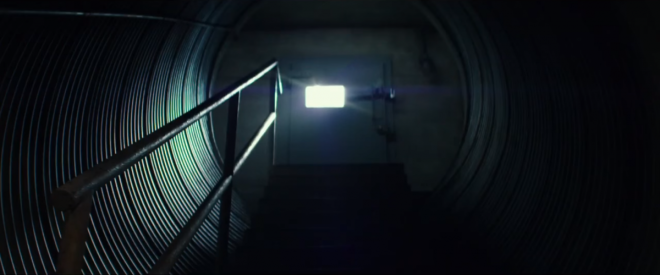
Paramount Pictures
